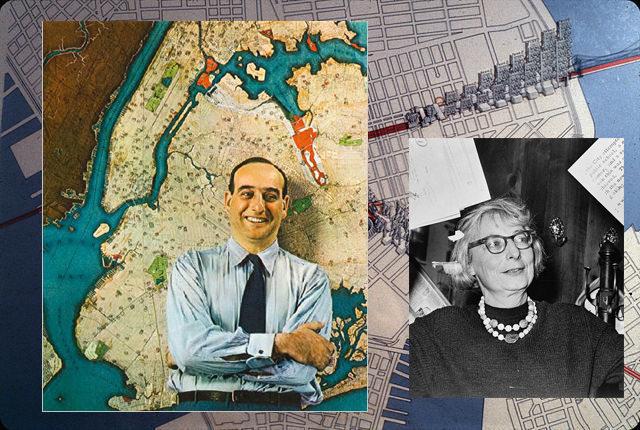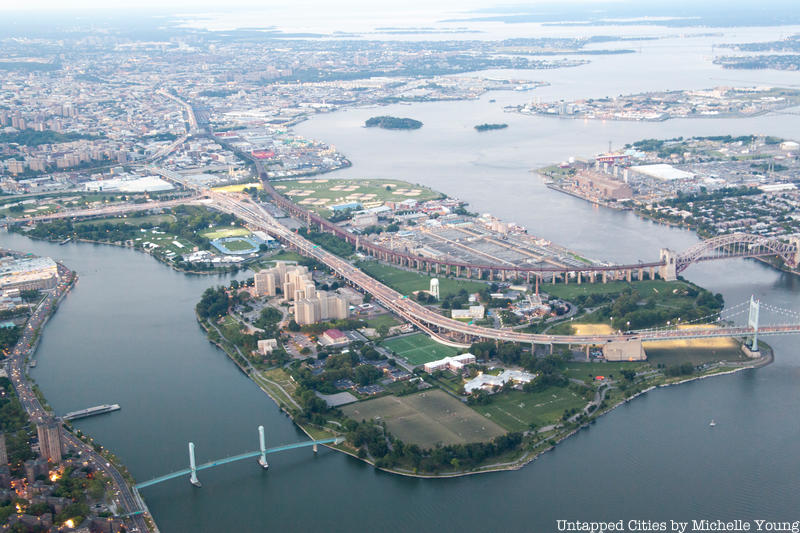 Image bottom from Library of Congress, photo of Robert Moses from The Metropolitan Transportation Authority Bridges and Tunnels Special Archives, photo of Jane Jacobs from Wikimedia Commons
Image bottom from Library of Congress, photo of Robert Moses from The Metropolitan Transportation Authority Bridges and Tunnels Special Archives, photo of Jane Jacobs from Wikimedia Commons
Much has been written about the “what” and the “where” of Robert Moses’ grand vision and achievements – the bridges, the parkways, the beaches, the pools, the dams, and the mass housing projects have all been thoroughly dissected by many authors and historians. However, much less has been written about the “how”, the “why”, and the “what if.” How was he able to be the most powerful unelected official in our country’s history? Why did he favor the automobile and turn his back on mass transit? What if he hadn’t built the infrastructure, for better or worse, that New Yorkers deal with everyday?
BLDZR: The Gospel According to Moses, is a rock musical that explores the intimate tale of this man, and through his triumphs, his loves, and his losses reveals a highly-intelligent, complex, yet deeply-flawed individual whose legacy in cement and steel will shape the New York landscape for years to come. Untapped Cities previously reviewed its first debut earlier this year, and we called is “supremely entertaining.” This fall, the show will return to the Triad Theater on West 72nd Street for a three night run on October 20th, 21st and 22nd. Tickets are available here.
1. When driving west from Queens towards Manhattan, why does the Triborough Bridge inexplicably curve to the north just when it should logically head straight into Manhattan?

Work on the bridge was started in 1929, but was soon halted because of the Depression. The Triborough Bridge was originally intended to enter Manhattan at East 103rd Street (approximately due west of its Queens entrance). A few years later, when the project was restarted, it came under the direction of the New York State WPA of which Robert Moses was the chairman, and the Manhattan entrance was quietly moved to East 125th Street. This change added 2.5 miles of additional distance for every trip between midtown Manhattan and Queens (5 miles for a roundtrip). Since it’s opening in 1936, that’s a lot of extra miles.





